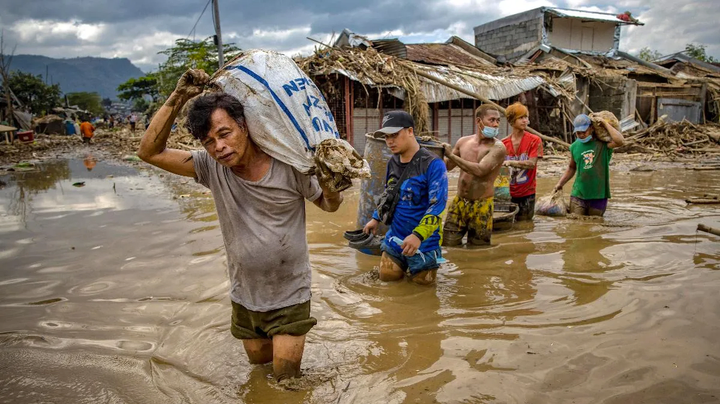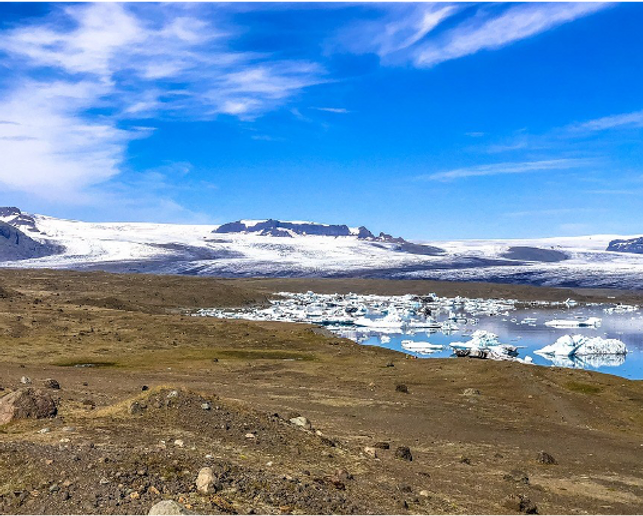So, where does this vicious cycle take us?
Since 1970 the bellowing echo haunting billionaire corporations and oil companies concerning the future of the planet has mass-accumulated generations of voices. Before the internet became so prominent, forms of manipulation were regularly used to discard accusations of harmful usage of the planet’s resources.
The facade of ‘Ignorance is bliss’ became a blanket that companies campaigning against global warming used to comfort entire nations. However, overtime the planet itself has formed part of the Earth Day movement through showcasing more above the surface issues.
Having recently returned from Iceland, where 97 percent of people express concern about human interference with the environment, it was fascinating to observe the scenery of a northern nation under a global heat wave.
Economically speaking, it makes total sense for a country with a population under 400,000 and a geographical mass that ranks as the 18th largest island to need additional residents. But can movements in this direction further endanger the geological haven?

The world’s population has now borne witness the devastating catastrophes that have affected nations all throughout continental Europe. However, there are other occurrences as well, including widespread flooding in Asia that has caused thousands of people to lose their homes and become climate refugees.
Since 1985, the term ‘climate refugee’ has occupied an area in the list of climate related issues the UN has been forced to find resolutions for. According to the European Parliament, over 318 million people have been relocated since 2008 because of climate disasters; this equates to one person being uprooted every two seconds or the entire nation of Australia being displaced each year.
Many of those escaping climate disasters today, can find refuge in their own countries. However, as the world dives deeper into the century, continental evolution has picked up its pace due to the unflinching additions to the earth’s greenhouse gasses. This has and overtime will make the phenomena of climate migration a much more pronounced issue, leading to the mass escape to northern nations such as Iceland.
Seen through the economic stipulations concerning Iceland, the nation has seen a steady increase in its numbers of immigrants and refugees. For the most part this hasn’t affected the geography as most inhabitants have stayed within a close circumference of the country’s capital, Reykjavik.
The nations that have been dealing with the intake of thousands of climate refugees over the past 20 years, include Afghanistan and Pakistan. This is an unsurprising fact, as their neighboring nation Bangladesh has been experiencing mass flooding for years. In 2020, the New York Times reported that 25% of the country was underwater. This percentage then climbed to 75% of the country being completely submerged under water, which forced hundreds of thousands of people to evacuate to Dhaka and the two countries stated earlier.

As temperatures and precipitation levels rise due to global warming, both Afghanistan and Pakistan are now dealing with similar problems. This could trigger yet another large-scale migration up north. However, given the condition of lower mainland Europe, this may lead to more people seeking asylum in northern countries.
Northern nations such as Iceland, Norway and Scotland could see an immense spike in their populations by 2050, but a rapid rise in residents means the higher usage of natural materials.
As a result, these climate havens will see the same fate at those nations suffering climate disasters now. So, where does this vicious cycle take us and is there a way to help those escaping the consequences for years of damage towards the planet?






















